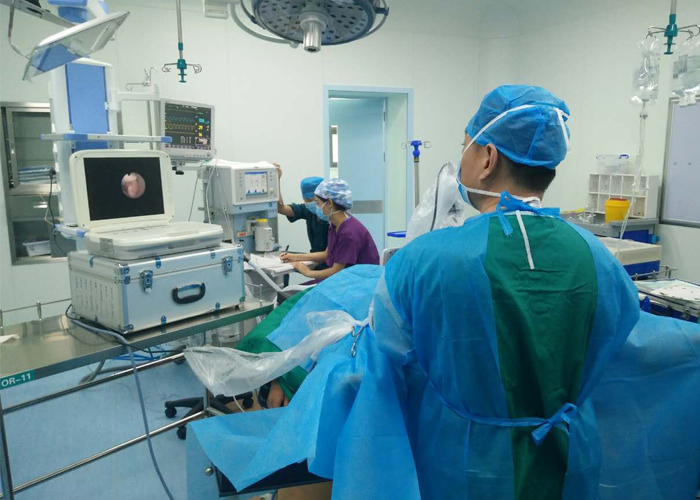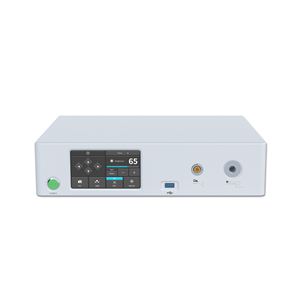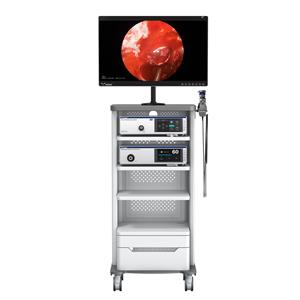【Ureteroscopy】Ureteroscopic lithotripsy
Ureteroscopic lithotripsy is to use a thin mirror with a diameter of about 3mm to insert the ureter through the urethra and bladder to crush and remove ureteral or kidney stones. It uses the human body's natural urinary system cavity and does not make any incisions on the body. It is a pure urological endoscopic minimally invasive surgery. It is suitable for all kinds of ureteral stones and some kidney stones that are ineffective in conservative treatment.
Indications:
Ureteroscopic lithotripsy is suitable for: various ureteral stones and some kidney stones that are ineffective in conservative treatment.
Advantage:
Compared with open surgery, ureteroscopic lithotripsy has the advantages of less damage, less pain, and faster recovery. You can usually be discharged within one day after the operation. In some hospitals, outpatient day surgery can be performed.
Compared with extracorporeal lithotripsy, ureteroscopic lithotripsy avoids the problems of repeated treatments, long waiting for stone removal, and uncertainty in the effect of lithotripsy.
Ureteroscopic lithotripsy is also suitable for patients who need to take anticoagulant drugs because of severe cardiovascular and cerebrovascular diseases. Usually these patients are contraindications for open surgery or extracorporeal lithotripsy.
Technical features:
Ureteral lithotripsy is also a very technical operation. The length of the human ureter is about 25cm, from the kidney along the posterior wall of the abdominal cavity to the bladder, and its diameter is usually only 3~4mm. It is a challenge to find and break the stones through a ureteroscope. Although the current ureteroscopes are relatively thin, the diameter of the front end can reach 2~3mm, stone displacement, ureteral perforation, urine extravasation, ureteral rupture, infection, water intoxication, and even ureteroscopic lithotripsy still occur. Surgical risks such as kidney rupture. Therefore, very careful and standardized operation techniques are required.
The currently used ureteroscopes are divided into semi-rigid and fiber-soft lenses. Usually, a semi-rigid endoscope is used to treat ureteral stones, which is an ordinary ureteroscope. Soft fiberscope can treat upper ureteral stones that cannot be treated by ordinary ureteroscopy, as well as some smaller renal pelvis and calyx stones. Holmium laser is the best lithotripsy tool for ureteroscopy.

- NEWS
- BLOG
- Industry News
- Company News




